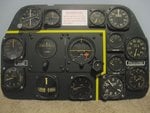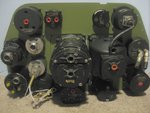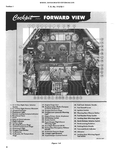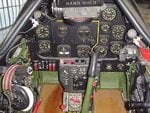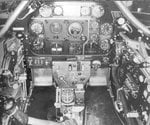JUST FINISHED A P-51D MUSTANG 1:1 SCALE INSTRUMENT PANEL USING WHATEVER PHOTOS AND INFORMATION I COULD FIND ON THE NET TO MAKE IT AS ORIGINAL AND AUTHENTIC AS POSSIBLE. JUST WANTED TO POST IT SO ANYONE THAT NOTICES AN INACCURACY CAN BE SO KIND AS TO LET ME KNOW SO I CAN ALTER THE PANEL. THANKS EVERYONE.
Attachments
Last edited by a moderator:

